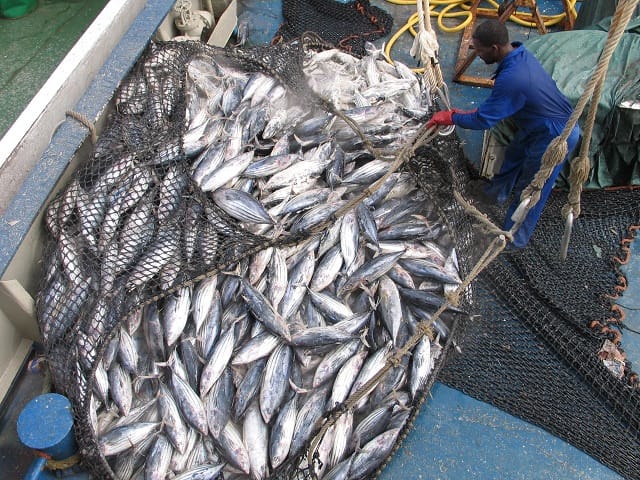Once known for its rich marine bounty, Somalia’s coastline is now a frontline of economic hardship. Local fishermen, who for generations relied on the sea for survival, are watching their nets come back empty — victims of unchecked illegal, unreported, and unregulated (IUU) fishing by foreign industrial trawlers.
“We used to bring home fish every morning. Now we bring nothing,” says Abdi, a fisherman in Puntland, voicing a growing despair shared along Somalia’s shores.
According to estimates, Somalia loses up to $300 million annually due to illegal fishing — much of it carried out by vessels from countries that paradoxically also provide development assistance. This contradiction, say community leaders, erodes trust and undermines peacebuilding efforts.
The impact goes beyond economics. Loss of livelihoods has triggered a dangerous chain reaction — a rise in piracy, deepening poverty, and mass migration. Young Somalis, with no opportunities in their coastal towns, increasingly risk perilous journeys to Europe or the Gulf, seeking survival.
Piracy in the early 2000s, now reduced but not forgotten, emerged as a desperate response to foreign plundering of Somali waters. Deprived of legal channels, some fishermen took up arms to defend their coasts — a cycle of conflict born from economic exploitation.
Military patrols in the Gulf of Aden have helped curb piracy but failed to address the deeper crisis: the collapse of local economies. Coastal communities are not asking for warships — they’re demanding long-term solutions: fair fishing licenses, community-led monitoring, and skills training for young people.
Global models show this is possible. In Sri Lanka and Malaysia, community-based marine protection, supported by donor countries like Japan, has restored fish stocks and improved coastal livelihoods. In Somalia, pilot projects such as “Badweyn” — a coastal mapping and data-sharing initiative — are showing early promise in improving transparency and marine governance.
Experts say what’s needed is not charity, but strategic investment. “We don’t need handouts,” said one coastal youth activist in Hobyo. “We need sustainable jobs, tools to protect our waters, and leaders who hear us.”
As global attention increasingly focuses on maritime security and migration, the story of Somalia’s coast is a warning — and an opportunity. Restoring hope in these communities is not just a local priority, but a global one.
Without change, thousands more may be forced to abandon their coasts, their culture, and their futures — unless the world begins to treat Somalia’s sea not as a resource to exploit, but as a heritage to protect.



